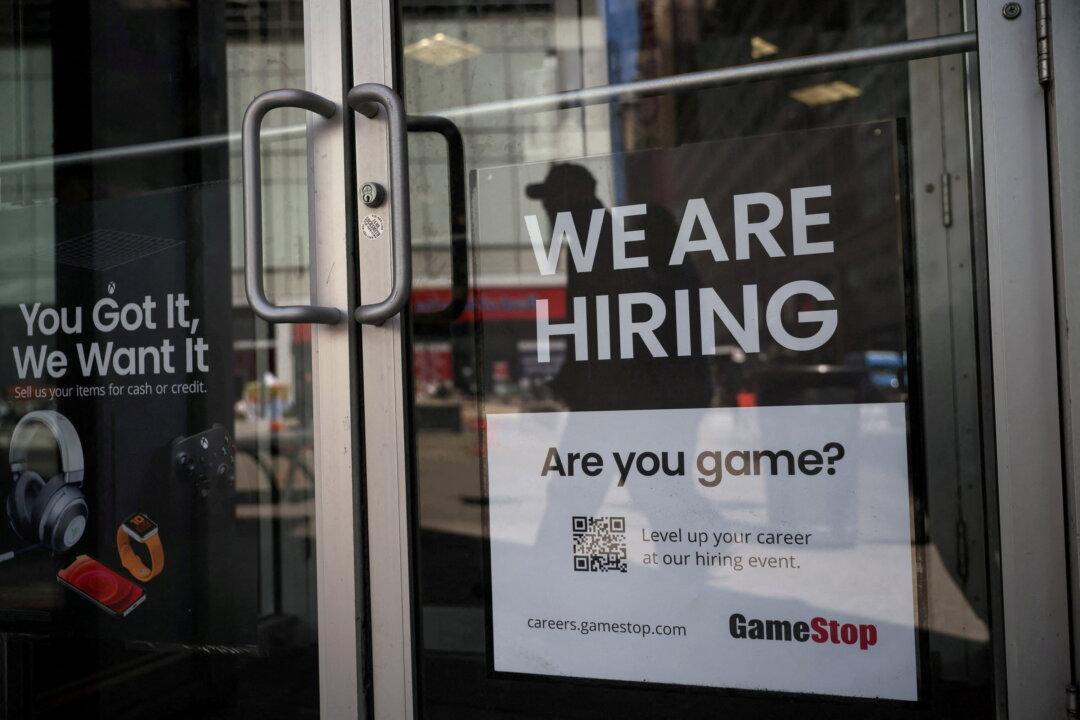Labor productivity fell during the first quarter this year while labor costs rose, posing a challenge to the Federal Reserve as it raises interest rates in an attempt to control persistent, decades-high inflation.
Nonfarm business sector labor productivity, which measures the hourly output per worker, declined by 2.7 percent in first quarter 2023, compared to the previous quarter, according to a May 4 press release by the U.S. Bureau of Labor Statistics (BLS). Compared to a year back, productivity fell by 0.9 percent, which is the fifth straight quarter that productivity fell on a year-over-year basis. This is the longest stretch of such declines since the series began in 1948.





